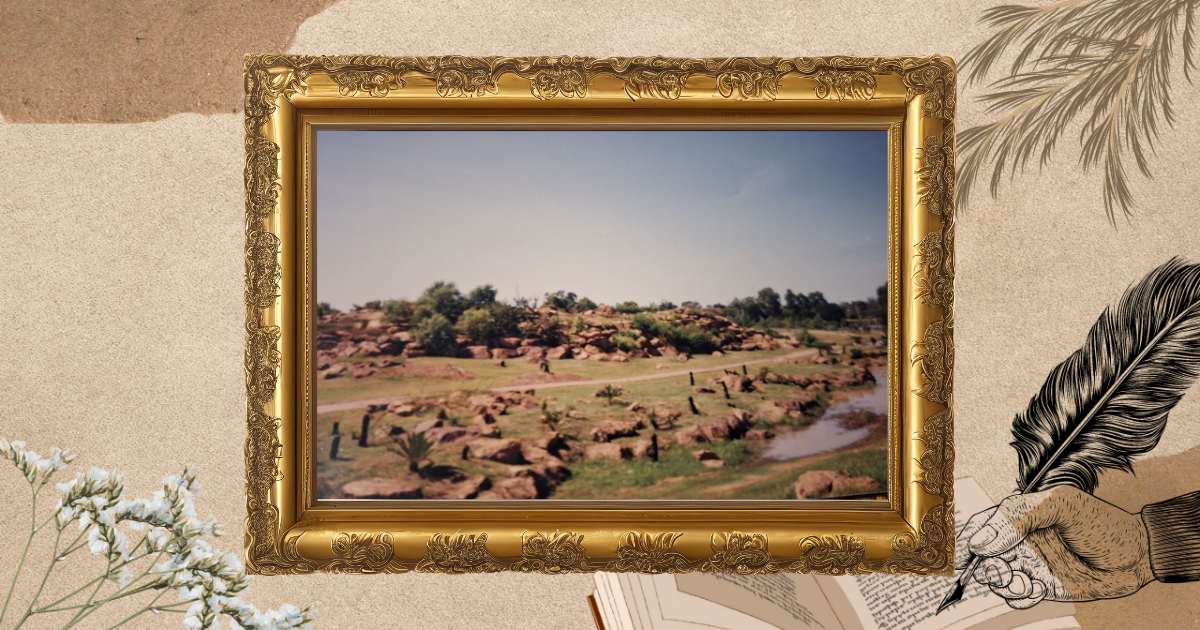Kershaw Gardens in the heart of Rockhampton, Central Queensland, Australia, spans over 50 hectares. This verdant space was officially opened in 1988 by Harry Butler, as part of bicentenary celebrations.
Who is Harry Butler?
William Henry (Harry) Butler had a TV series, “In the Wild With Harry Butler”, from 1976 to 1981 on Australian ABC, where he showcased Australia’s wildlife, raising awareness and appreciation.
He was Australian of the Year in 1979 and in 2012 was awarded an Officer of the Order of Australia. He passed away in December 2015 aged 85.
For more on Harry Butler see here.
The Old North Rockhampton Dump
Today, it’s hard to believe the lush oasis of Kershaw Gardens, a cornerstone of Rockhampton’s public spaces, was once an old rubbish tip.
I remember we would access the old tip via Welch and Fraser streets in North Rockhampton. The dump was on Rockhampton’s northern river bank, adjacent to Moore’s Creek, and was not a place to visit when the river flooded.
In 1974, the council proposed replacing the landfill with a botanic gardens, and initial development commenced in 1976. Many questioned the success of the idea.
Planting of Australian native trees and shrubs on the old landfill started in 1982-3 and year-by-year more greenery, paths and structures were added.
Today Kershaw Gardens is a sanctuary of natural beauty and a gathering place for all who visit or call Rockhampton home.
Its transformation from wasteland to wonderland remains a testament to those who had the vision to develop it…
Early figures associated with Kershaw Gardens
Cliff Kershaw. The gardens are named in honour of Cliff Kershaw, a former Chief Health Inspector of Rockhampton during the development of the old landfill at that site.
Tom Wyatt, the former Rockhampton City Council’s Parks and Gardens manager, laid the blueprint for the gardens with the aim of cultivation, research and preservation of Australian flora. Tom had not long arrived from Townsville in 1974 when he took on the role. Wyatt’s Wonder Webb of today’s expanded playground in the complex is named in honour of Tom Wyatt.
Jim Webber: Wyatt’s vision for the Kershaw Gardens was supported by the then Mayor of Rockhampton, Jim Webber.
Kaleb Roberts (as representative of North Rockhampton Rotary): helped with attractions by donating funding for the early monorail.
The Hasker Family enriched the sensory experience of visitors, by initiating the original Sensory Garden.
The Gardens are meticulously designed to cater to a variety of experiences, from tranquil walks among native flora to vibrant children’s play areas, making it a versatile attraction. The Water Play Area, provides relief and enjoyment in the warm climate of Central Queensland, while the impressive artificial waterfall offers a unique architectural element to the park.
Kershaw Gardens’ importance extends beyond its physical boundaries, serving as a green lung in the urban landscape and a venue for events, festivals, and daily leisure activities.
Sources
Most of the above comes from personal and general knowledge.
Other information sources include the Kershaw Gardens (plaque near slab hut at the southern entrance to Kershaw Gardens).
Acknowledgements: Laurel Vize for the early photo of Kershaw Gardens.


